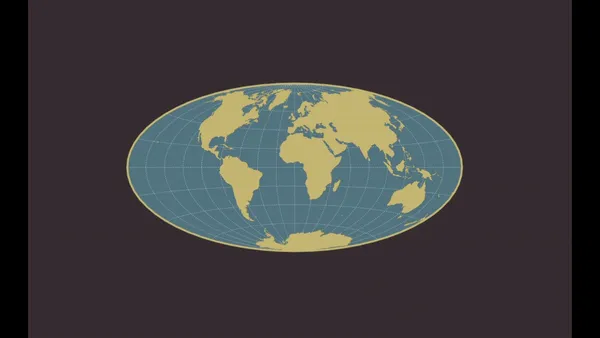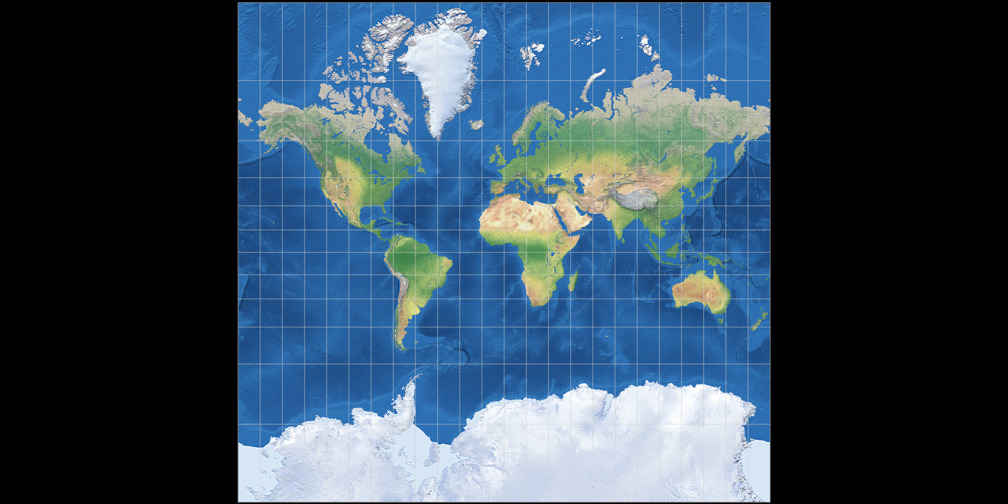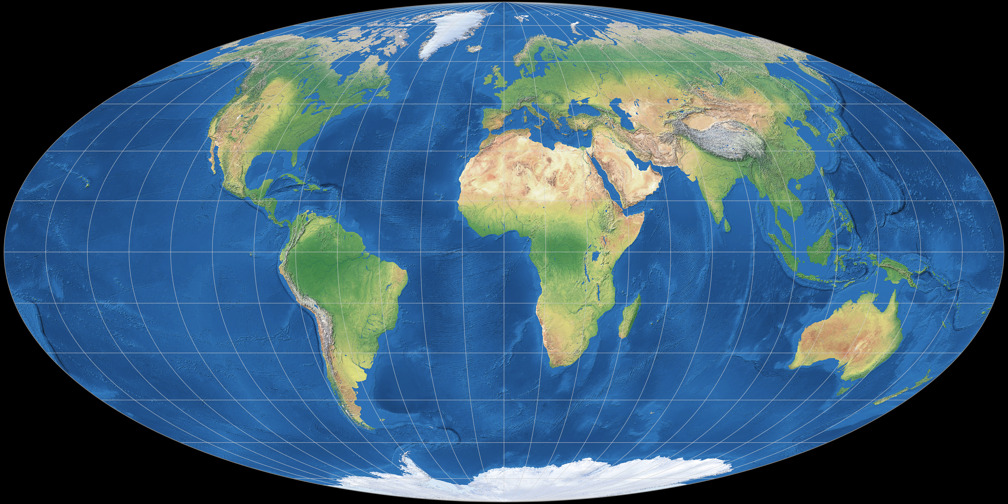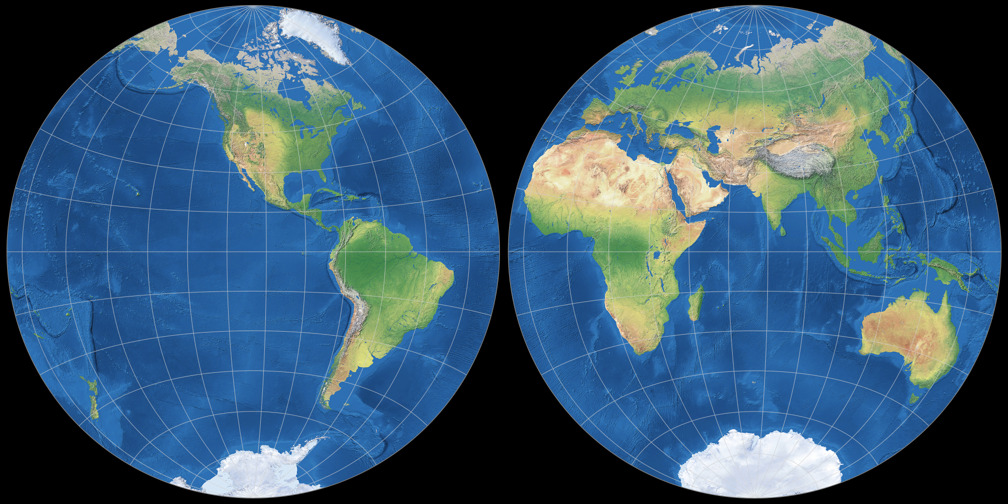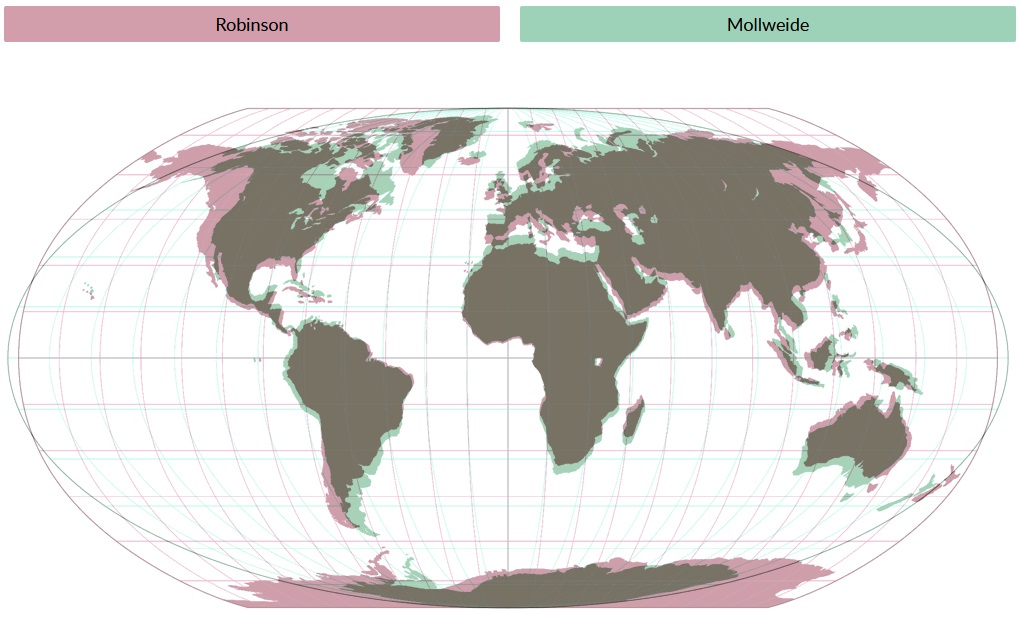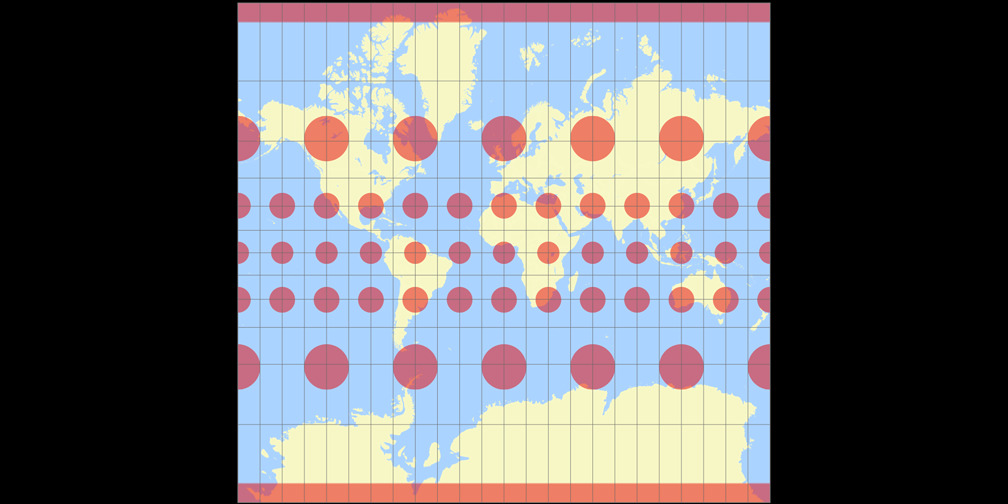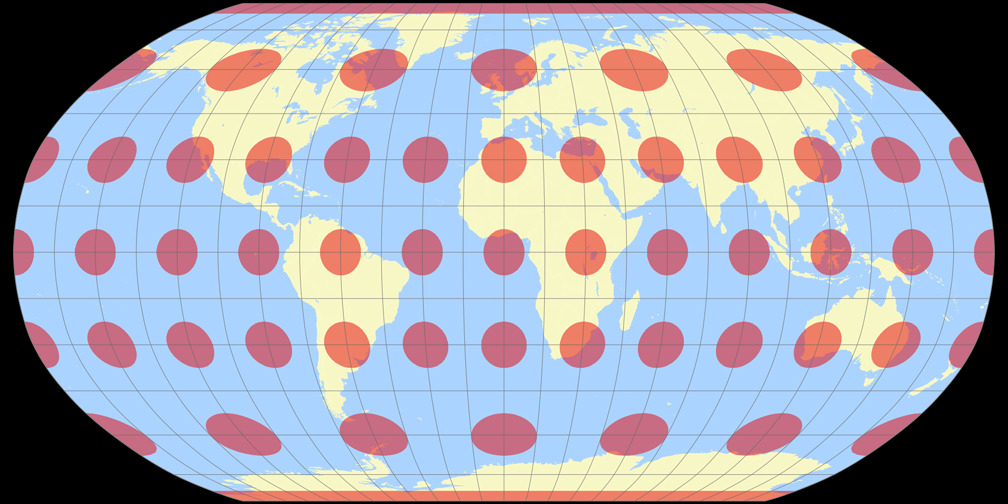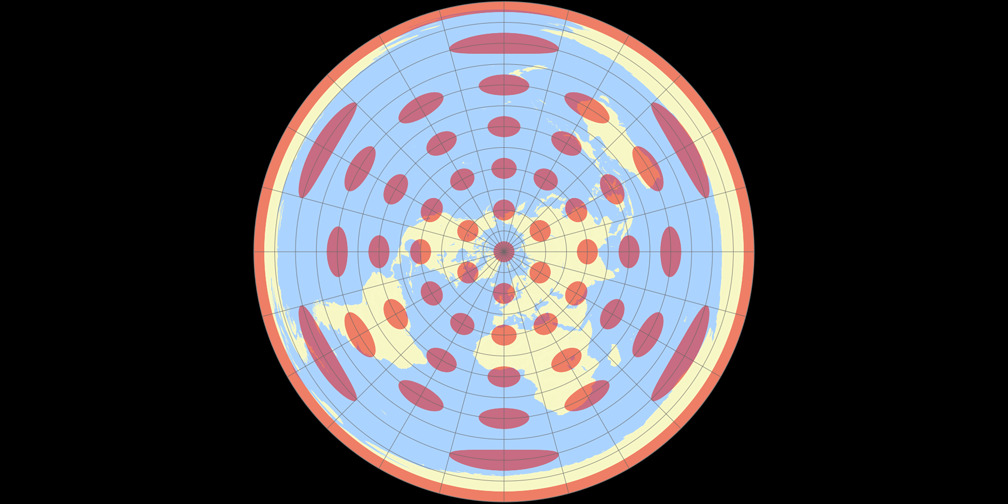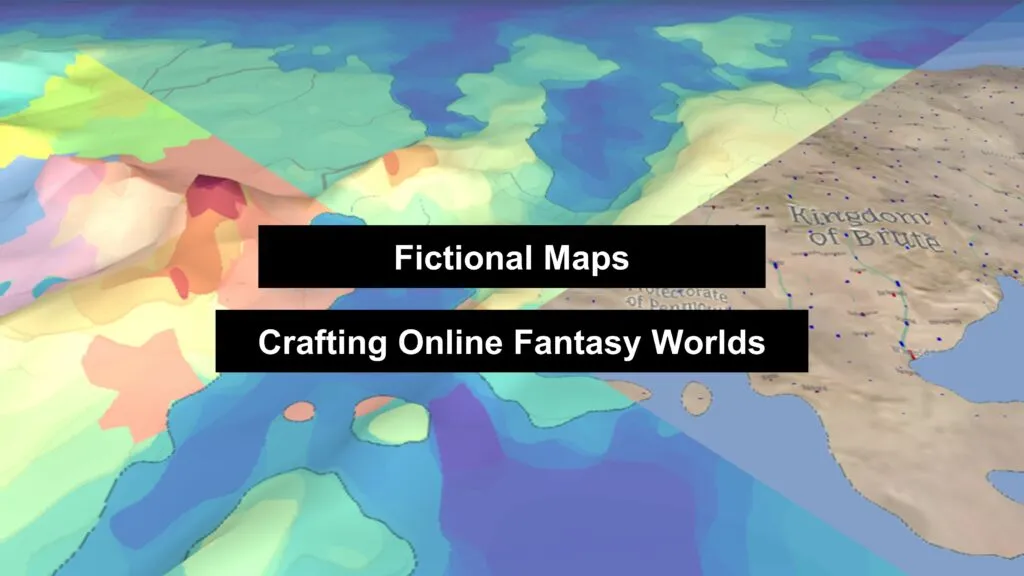
Fictional Maps: Crafting Online Fantasy Worlds
Geospatial technology is revolutionizing the gaming industry by providing highly detailed maps and 3D models that enhance the realism in virtual environments. This technology also plays a role in VR experiences, allowing gamers to explore lifelike worlds that are accurately modeled after real-world locations.
Fictional cartography refers to the creation and representation of fictional worlds through maps and cartographic techniques. It involves the design and visualization of landscapes, environments, and spatial relationships that do not exist in the real world, but in fictional narratives.
Realism in virtual environments
Virtual environments aim to create highly realistic and immersive digital representations of real or imaginary spaces. In the context of cartography and geographic visualization, realism in virtual environments refers to the pursuit of closely mimicking the real world in terms of spatial accuracy and user experience.
Creating fictional maps has now transcended from a niche hobby to a sophisticated art form, facilitated by advanced online tools that combine user-friendly interfaces with rich geospatial features.
These tools, such as those provided by Campfire Writing, World Anvil, Inkarnate, Azgaar’s Fantasy Map Generator, and Ross Thorn’s Interactive Fantasy Maps, offer a range of functionalities that may be satisfying to both amateur storytellers and professional cartographers. For GIS professionals it’s crucial to create high-quality visualizations and map layouts. Storytellers and enthusiasts of fantasy worlds also have similar ambitions.
Let’s explore the cartographic aspects, geospatial features, symbology, and user-friendliness of these platforms, highlighting how they enable the creation of detailed fictional worlds.
Geospatial Features
1. Terrain and Landforms:
Fictional maps rely heavily on realistic terrain and landforms to create believable worlds. Platforms like Inkarnate and Azgaar’s Fantasy Map Generator provide detailed tools for generating mountains, valleys, rivers, and coastlines. These tools often include height maps and contour lines, allowing users to visualize and manipulate the topography of their fictional landscapes. For example, Azgaar’s generator offers various terrain presets such as archipelagos, peninsulas, and continents, enabling users to create diverse geographical settings with ease.
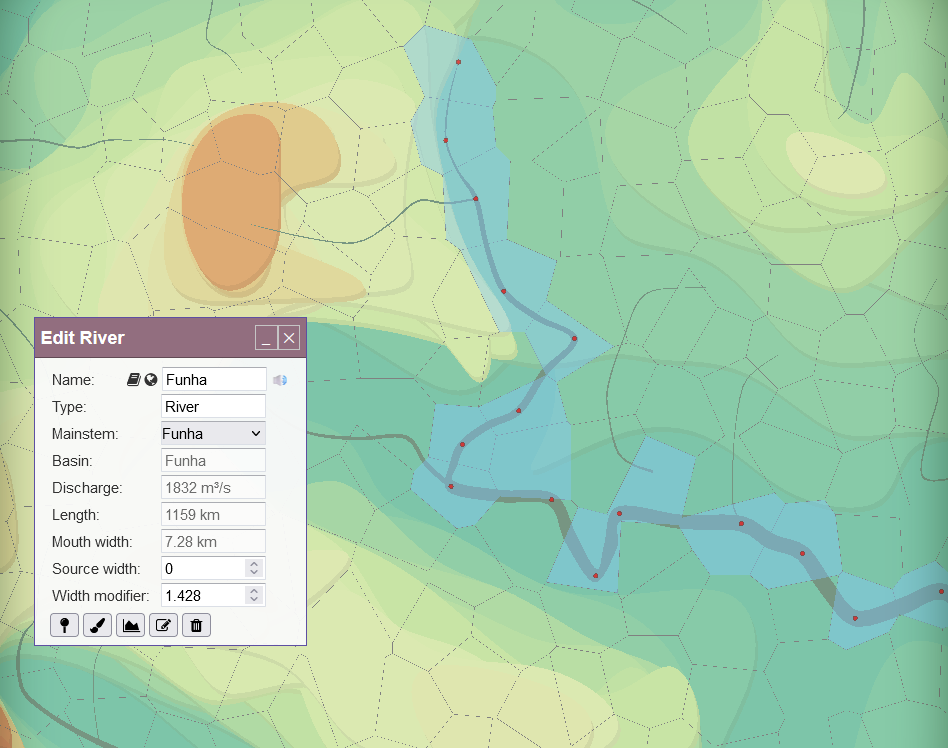
Azgaar’s Fantasy Map Generator – landforms modelling
2. Climate and Biomes:
Accurate representation of climate and biomes is key for adding depth to fictional maps. Azgaar’s Fantasy Map Generator excels in this aspect by allowing users to simulate different climate zones, precipitation patterns, and temperature variations. Users can create maps that reflect realistic ecological systems, from arid deserts to lush forests, enhancing the environmental storytelling of their worlds.
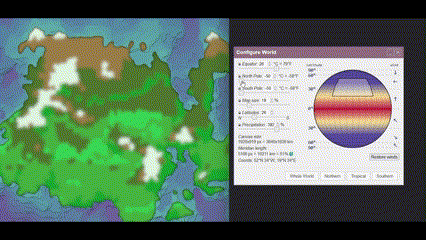
Azgaar’s Fantasy Map Generator – climate modeling
3. Political and Cultural Boundaries:
Mapping political and cultural boundaries is essential for worldbuilding in fantasy and science fiction settings. Tools like World Anvil offer features to define and customize states, provinces, and other administrative divisions. These platforms often include options to display cultural regions, languages, and population distributions, providing a comprehensive overview of the societal structure within the fictional world.
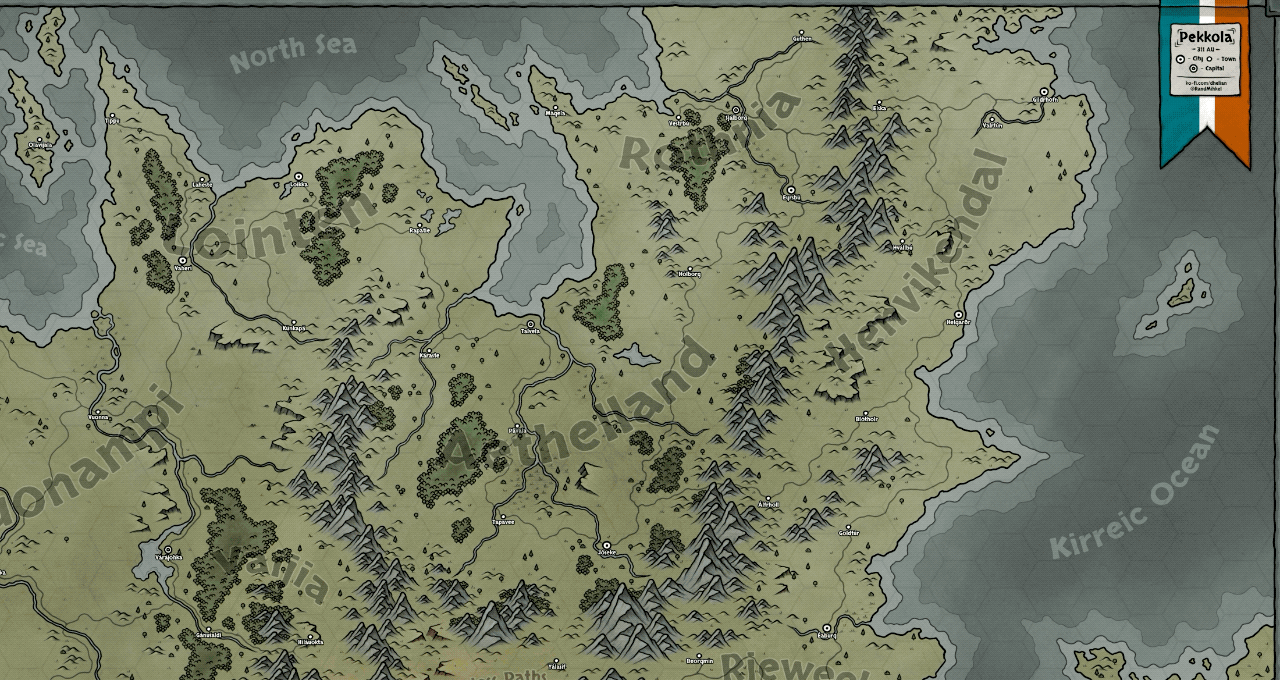
World Anvil – boundaries
Symbology
1. Icons and Markers:
Symbols and markers play a key role in fictional cartography, representing various elements such as cities, castles, forests, and battle sites. Inkarnate and Campfire Writing provide extensive libraries of customizable icons, allowing users to add unique and context-specific symbols to their maps. These icons help convey important information at a glance and enhance the visual appeal of the map.
Campfire Writing – icons
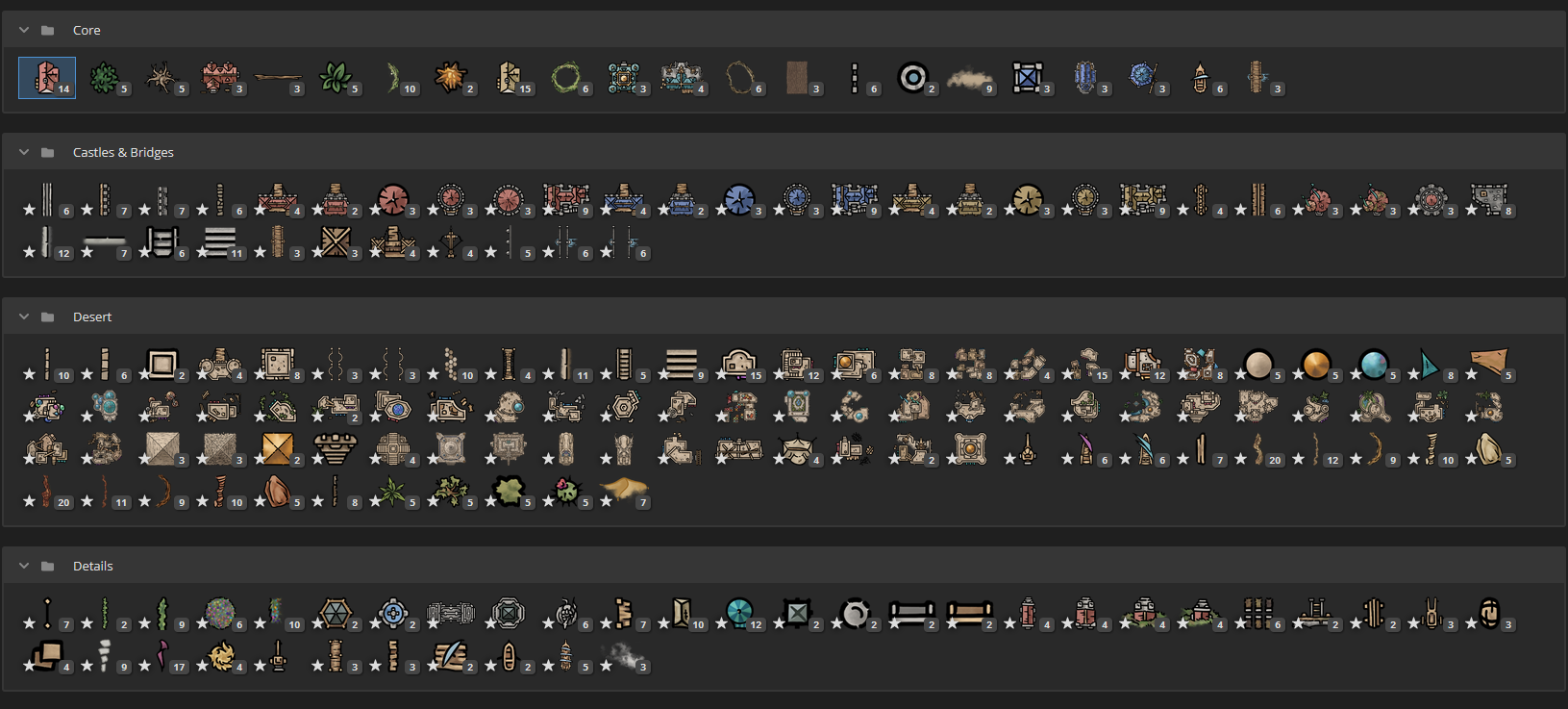
Incarnate – markers
2. Labels and Annotations:
Clear and well-placed labels are essential for the readability of maps. Platforms like Ross Thorn’s Interactive Fantasy Maps and World Anvil offer tools for adding and styling text labels, ensuring that place names, geographical features, and other annotations are easily distinguishable. Customizable font styles, sizes, and colors allow for aesthetic consistency and thematic coherence.
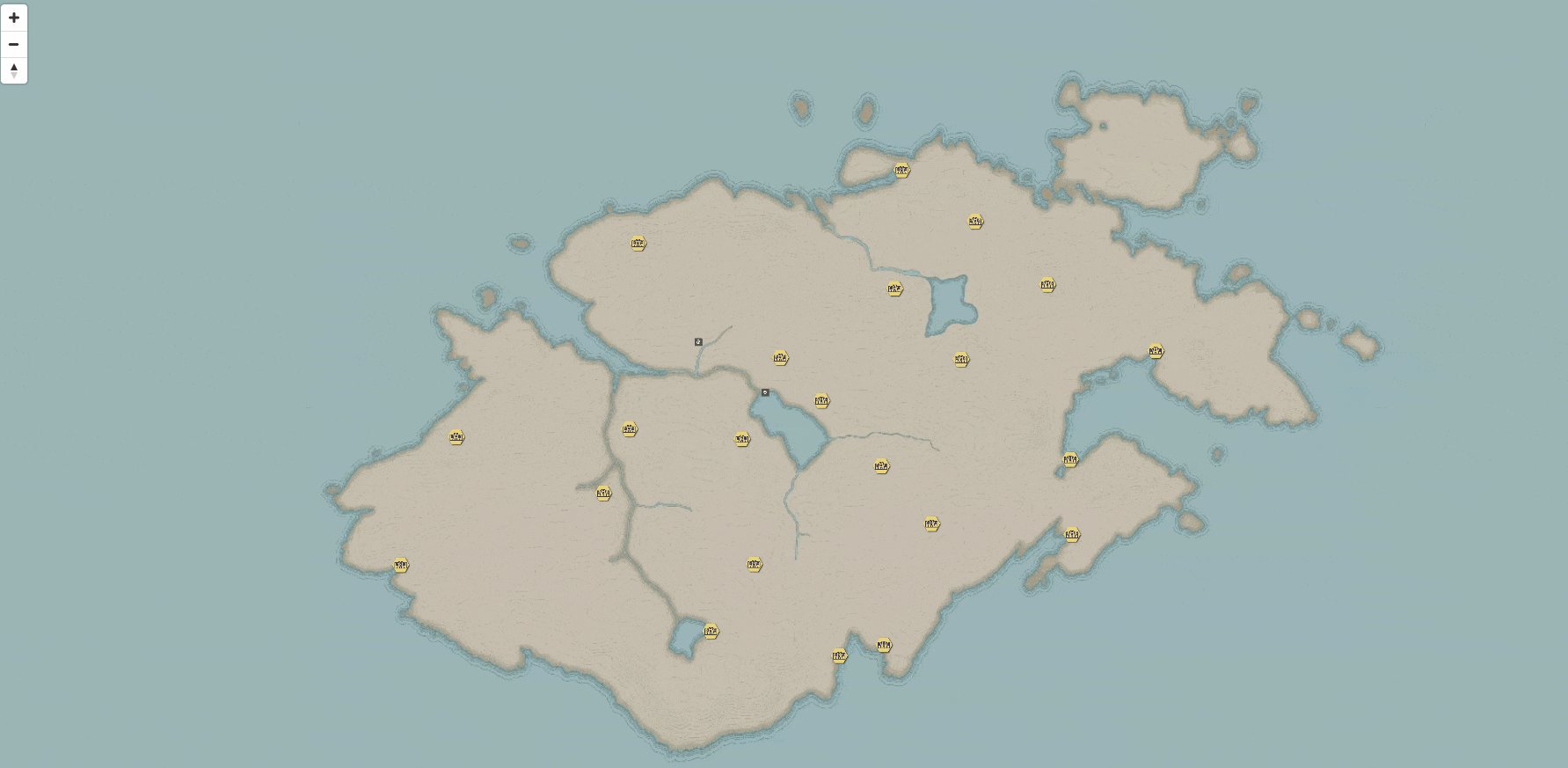
Ross Thorn – labels & annotations
3. Color Schemes and Styles:
The choice of color schemes and map styles significantly impacts the overall look and feel of a fictional map. Tools like Inkarnate and Azgaar’s Fantasy Map Generator provide various style presets, from antique parchment to modern vector graphics. Users can adjust color palettes to match the mood and setting of their worlds, whether it be a dark and foreboding landscape or a vibrant and whimsical realm.
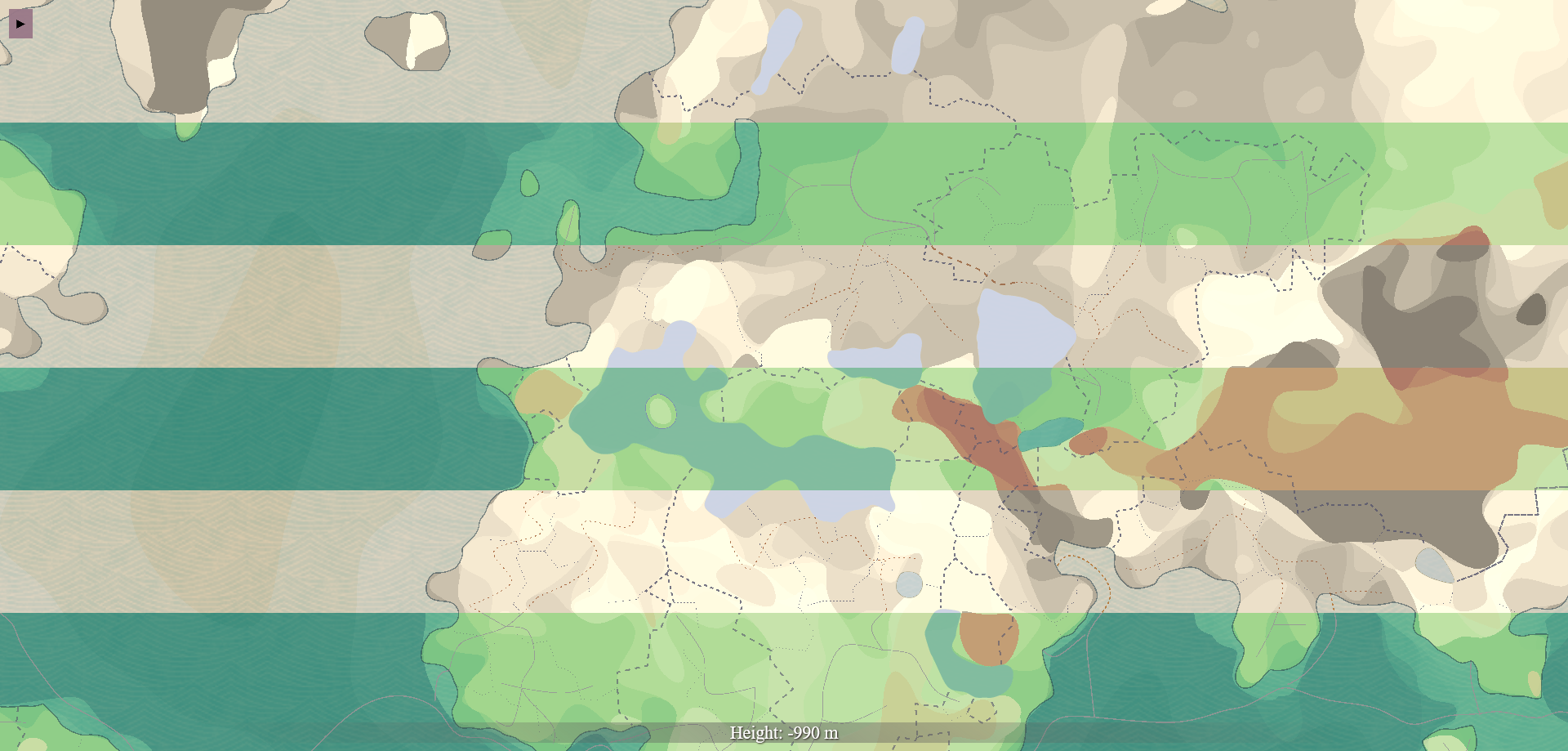
Azgaar’s Fantasy Map Generator – map styles
User-Friendliness
1. Intuitive Interfaces:
User-friendly interfaces are paramount for making complex cartographic tools accessible to a broad audience. Platforms like Inkarnate and Campfire Writing excel in providing intuitive drag-and-drop functionalities, real-time previews, and straightforward navigation. These features lower the learning curve, allowing users to focus on creativity rather than technical details.
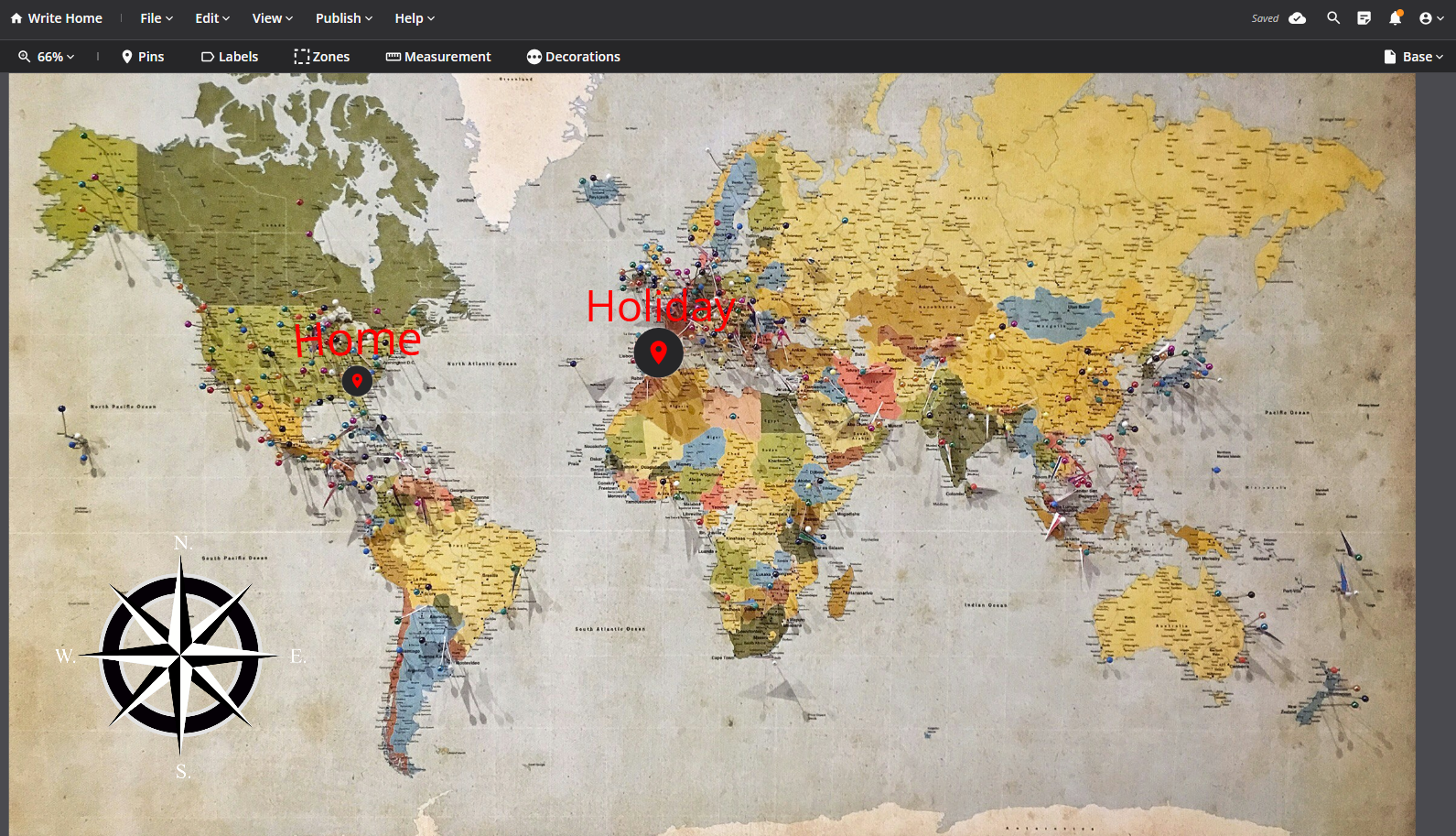
Campfire Writing
2. Customization and Flexibility:
The ability to customize and tweak every aspect of a map is a key feature of advanced cartographic tools. World Anvil and Azgaar’s Fantasy Map Generator offer extensive customization options, from modifying terrain features to creating custom symbols and color schemes. This flexibility ensures that users can create maps that are uniquely tailored to their storytelling needs.
3. Collaboration and Sharing:
Modern map-making platforms often include features for collaboration and sharing, enabling multiple users to work on a map simultaneously. World Anvil, for example, allows creators to share their maps with collaborators, making it easier to develop complex worlds in a team setting. Additionally, tools like Campfire Writing provide options to export maps in various formats, facilitating easy integration into other storytelling platforms or print media.
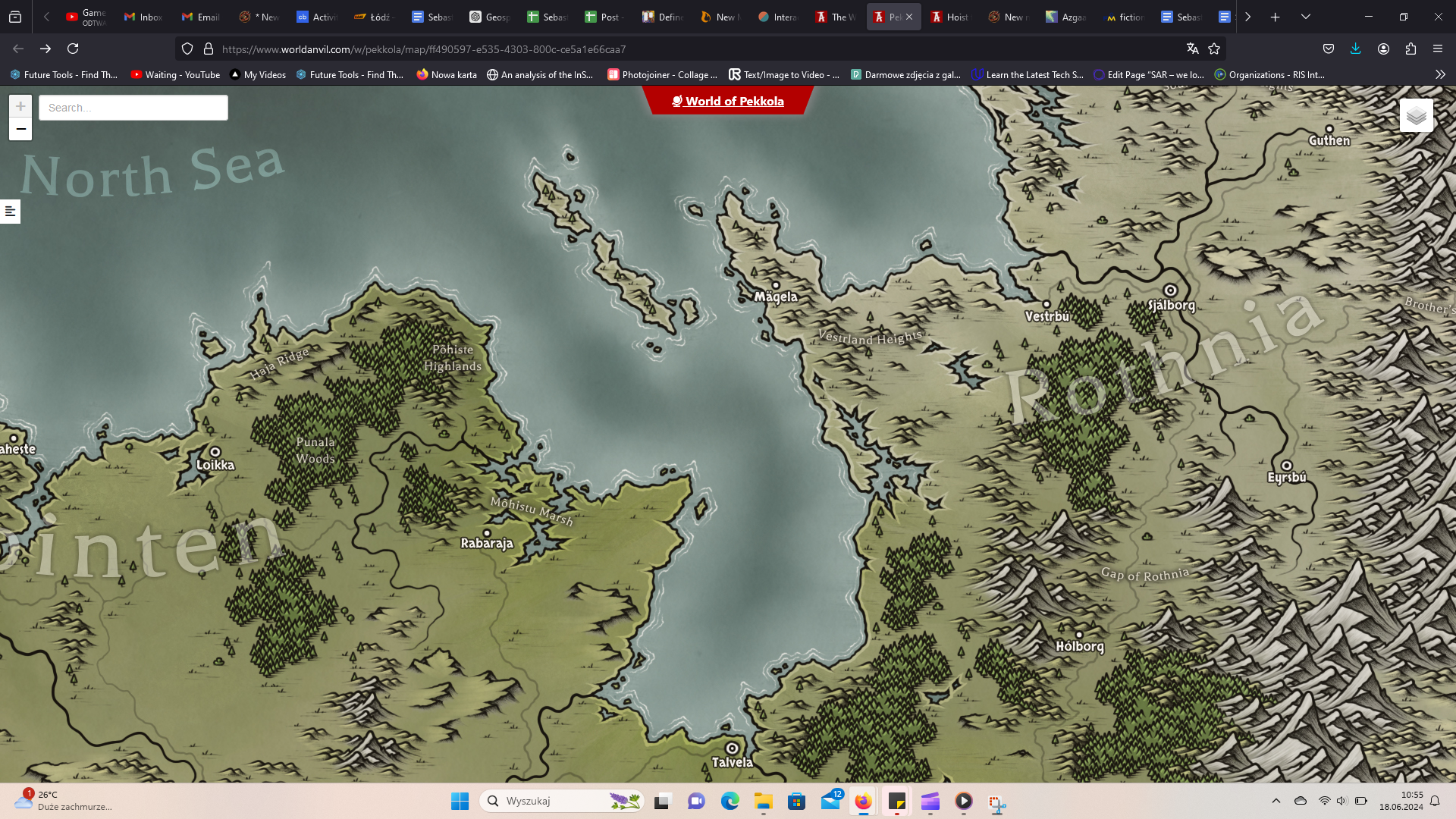
Incarnate – sharing
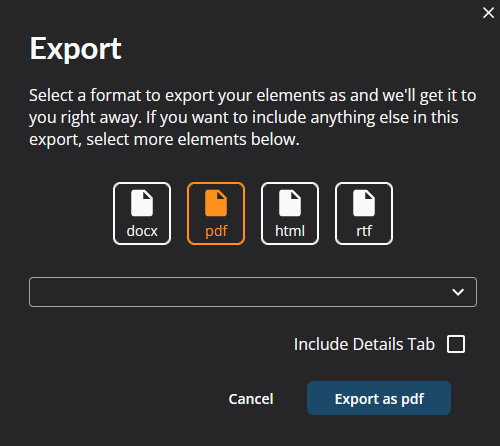
Campfire Writing – sharing
Conclusion
The creation of fictional maps has evolved into a sophisticated practice, thanks to the advanced features offered by online tools. By focusing on geospatial features, symbology, and user-friendliness, platforms like those mentioned in this article enable users to craft detailed, immersive, and visually appealing maps.
Whether for storytelling, gaming, or enjoyment, these tools empower users to bring their fictional worlds to life with ease and precision.
For more detailed explorations and tutorials, visit the respective platforms:
– Azgaar’s Fantasy Map Generator
– Ross Thorn’s Interactive Fantasy Maps
To explore map- and location-based games, take a look at the Top Google Maps & Map-Based Games of All Time.
Did you like this post? Read more and subscribe to our monthly newsletter!





